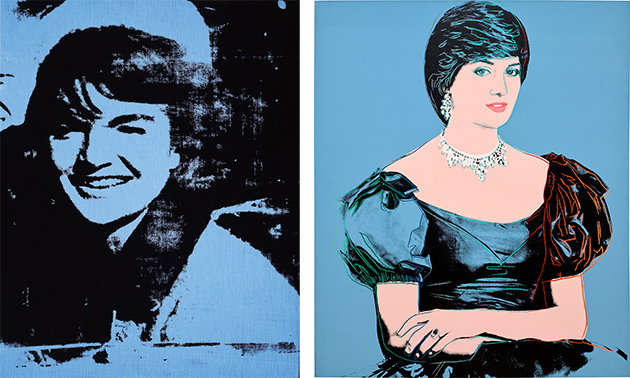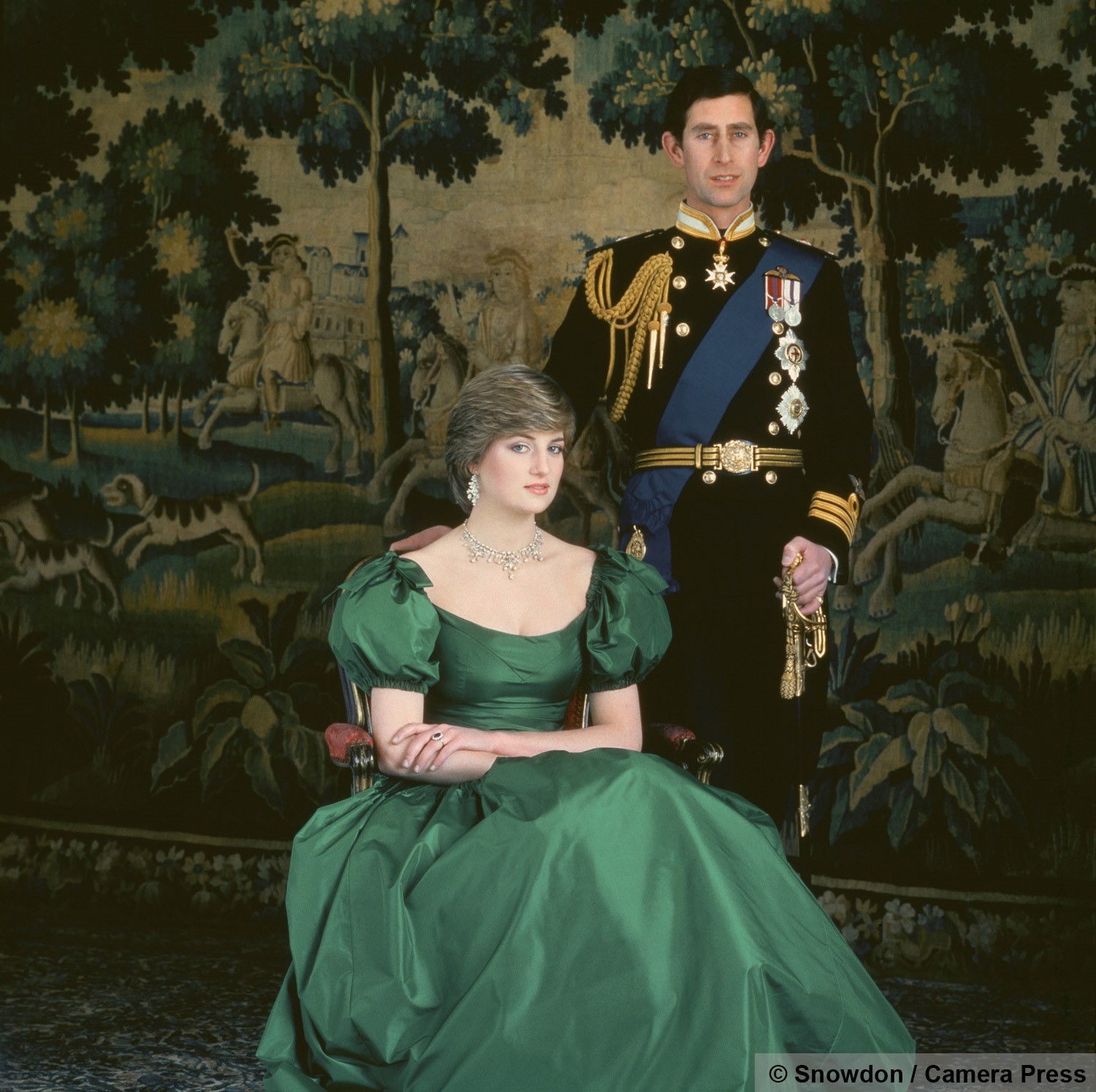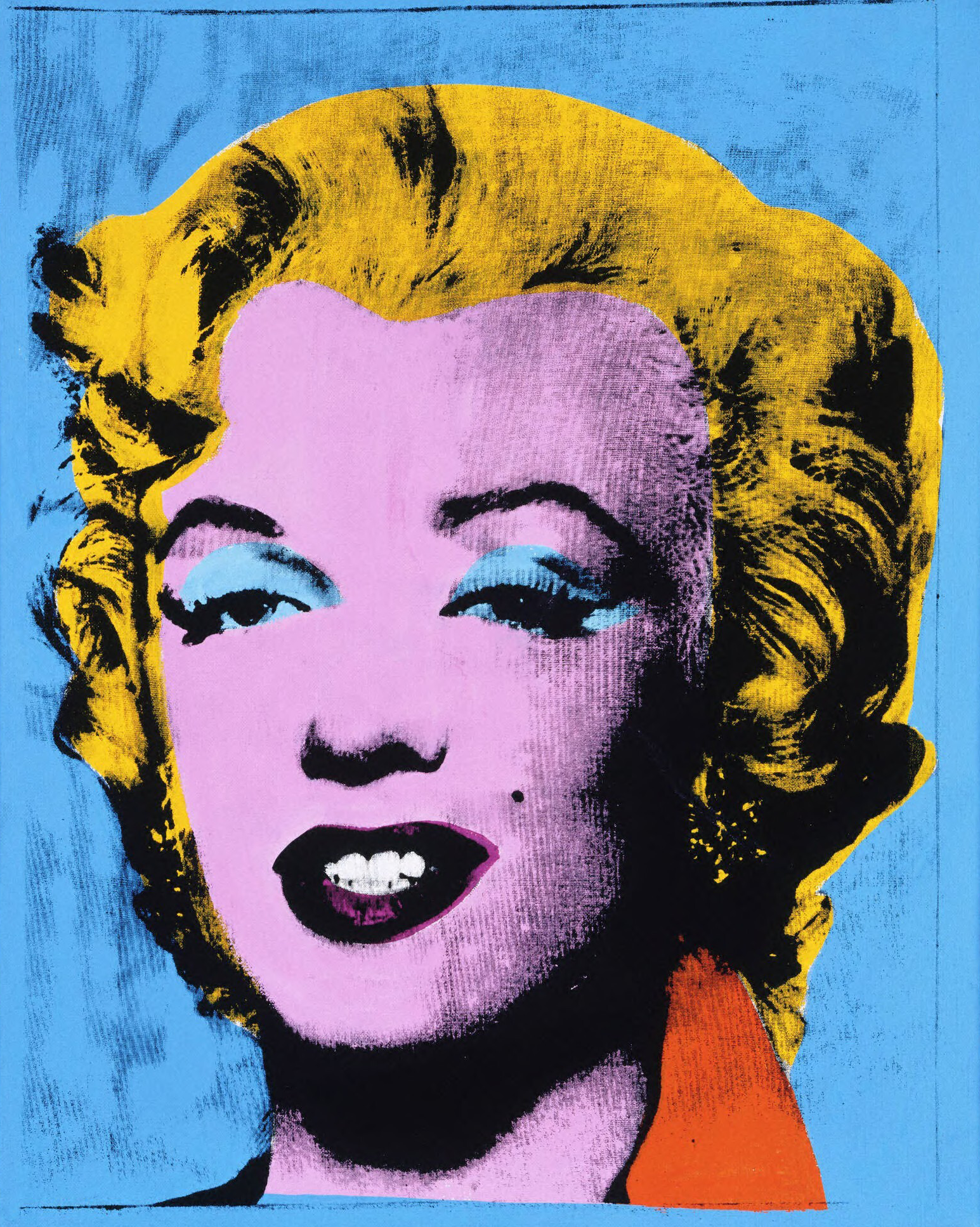20th Century & Contemporary Art Evening Sale
London Auction 7 March 2024
1
Alia Ahmad
Malga - The Place In Which We Gather
Estimate £20,000 - 30,000 ‡
Sold for £101,600
Create your first list.
Select an existing list or create a new list to share and manage lots you follow.
2
Jonathan Gardner
Reading Menus
Estimate £100,000 - 150,000 ‡
Sold for £127,000
Create your first list.
Select an existing list or create a new list to share and manage lots you follow.
3
Marina Perez Simão
Untitled
Estimate £60,000 - 80,000 ‡
Sold for £152,400
Create your first list.
Select an existing list or create a new list to share and manage lots you follow.
4
Salvo
Mediterraneo
Estimate £100,000 - 150,000 ‡♠
Sold for £368,300
Create your first list.
Select an existing list or create a new list to share and manage lots you follow.
5
Cecily Brown
Luck Just Kissed You Hello
Estimate £1,500,000 - 2,000,000 ‡♠
Sold for £1,500,000
Create your first list.
Select an existing list or create a new list to share and manage lots you follow.
6
Jesse Mockrin
A Cymbal Crashed and Roaring Horns
Estimate £60,000 - 80,000 ‡
Sold for £120,650
Create your first list.
Select an existing list or create a new list to share and manage lots you follow.
7
Frank Auerbach
J.Y.M. Seated in the Studio II
Estimate £600,000 - 800,000 ♠
Sold for £635,000
Create your first list.
Select an existing list or create a new list to share and manage lots you follow.
8
Yayoi Kusama
INFINITY-NETS (ZXSSAO)
Estimate £1,800,000 - 2,500,000 ‡
Sold for £2,105,000
Create your first list.
Select an existing list or create a new list to share and manage lots you follow.
9
Anselm Kiefer
Ich Bin, Der Ich Bin
Estimate £550,000 - 750,000 ♠
Sold for £990,600
Create your first list.
Select an existing list or create a new list to share and manage lots you follow.
10
Sigmar Polke
Silberner Zwilling
Estimate £800,000 - 1,200,000 ‡♠
Create your first list.
Select an existing list or create a new list to share and manage lots you follow.
11
Antony Gormley
6 Times Left
Estimate £280,000 - 350,000 ‡♠
Sold for £317,500
Create your first list.
Select an existing list or create a new list to share and manage lots you follow.
12
Andy Warhol
Portrait of Princess Diana
Estimate £1,200,000 - 1,800,000 ‡
Sold for £2,407,500
Create your first list.
Select an existing list or create a new list to share and manage lots you follow.
13
Damien Hirst
Prodigal
Estimate £550,000 - 650,000 ‡♠
Create your first list.
Select an existing list or create a new list to share and manage lots you follow.
14
Jordan Wolfson
Untitled
Estimate £80,000 - 120,000
Sold for £196,850
Create your first list.
Select an existing list or create a new list to share and manage lots you follow.
15
Reggie Burrows Hodges
Single Source
Estimate £250,000 - 350,000 ‡
Sold for £292,100
Create your first list.
Select an existing list or create a new list to share and manage lots you follow.
16
Kehinde Wiley
Christian Martyr Tarcisius
Estimate £200,000 - 300,000 ‡
Sold for £660,400
Create your first list.
Select an existing list or create a new list to share and manage lots you follow.
17
Ugo Rondinone
for what? for space and stars?
Estimate £400,000 - 600,000 ‡
Sold for £400,050
Create your first list.
Select an existing list or create a new list to share and manage lots you follow.
18
Martin Kippenberger
Zuerst die Füße (Feet First)
Estimate £500,000 - 700,000 ‡♠
Create your first list.
Select an existing list or create a new list to share and manage lots you follow.
19
This lot is no longer available.
20
This lot is no longer available.
21
Alighiero Boetti
Aerei
Estimate £250,000 - 350,000 ‡♠
Sold for £254,000
Create your first list.
Select an existing list or create a new list to share and manage lots you follow.
22
Dame Barbara Hepworth
Four Figures Waiting
Estimate £280,000 - 400,000 ‡♠
Sold for £381,000
Create your first list.
Select an existing list or create a new list to share and manage lots you follow.
23
This lot is no longer available.
24
Francis Picabia
Untitled (Femme et Fleurs)
Estimate £400,000 - 600,000
Sold for £533,400
Create your first list.
Select an existing list or create a new list to share and manage lots you follow.
25
Jean Dubuffet
Buste aux envols
Estimate £400,000 - 600,000 ‡♠
Sold for £444,500
Create your first list.
Select an existing list or create a new list to share and manage lots you follow.
26
Mickalene Thomas
Keri On
Estimate £200,000 - 300,000 ‡
Sold for £203,200
Create your first list.
Select an existing list or create a new list to share and manage lots you follow.
27
Adrian Ghenie
Self-Portrait as a Monkey
Estimate £600,000 - 800,000 ‡♠
Create your first list.
Select an existing list or create a new list to share and manage lots you follow.
28
Damien Hirst
Cupric Nitrate
Estimate £500,000 - 700,000 ♠
Sold for £571,500
Create your first list.
Select an existing list or create a new list to share and manage lots you follow.
29
Atsushi Kaga
Nature Came Back While We Ate Gherkins
Estimate £50,000 - 70,000 ‡♠
Sold for £165,100
Create your first list.
Select an existing list or create a new list to share and manage lots you follow.


